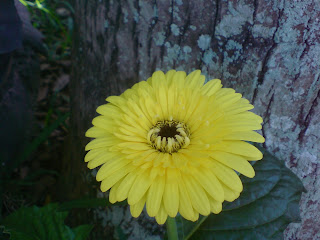Curry Trees - Murraya koenigii
Its leaves are used in many
dishes in India and neighbouring countries. Often used in curries, the leaves
generally go by the name "curry leaves", though they are also
translated as "sweet neem leaves" in most Indian languages (as opposed
to ordinary neem leaves which are bitter).
It is a small tree, growing 4–6 m
(13-20 feet) tall, with a trunk up to 40 cm diameter. The leaves are pinnate,
with 11-21 leaflets, each leaflet 2–4 cm long and 1–2 cm broad.
It has aromatic
compound leaves with about 12 dark green leaves pet stem. The flowers
are small, white, and fragrant.White
flowers occur in clusters and are followed by pea sized berries which turn
reddish brown when ripe. The small black shiny berries are edible, but
their seeds are poisonous
Curry leaf tree is a
native of India and Sri Lanka where it has been used medicinally and in cooking
for hundreds of years. Leaves are used in curries, vegetable dishes, chutneys,
pickles. The leaves are often fried first in oil before other spices are added.
Curry Leaves are now also used in Malaysia and Indonesia mainly in fish
curries.
Curry leaf trees are
tropical plants but will grow in cooler climates if kept in warm area through
the winter. The trees sucker vigorously so if space is limited growing in a pot
is a good option. They grow well in a pot and make an attractive plant for a
verandah or outdoor area.
 |
Read more...














